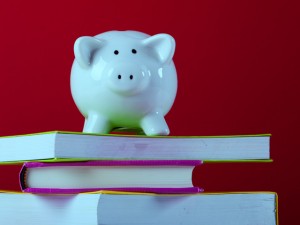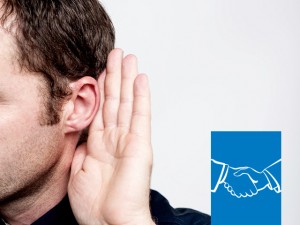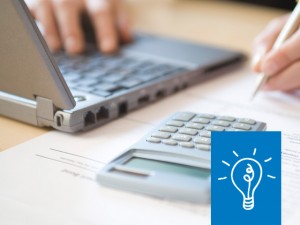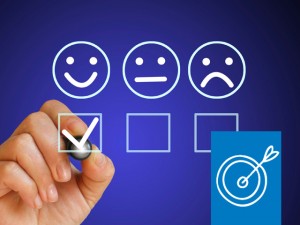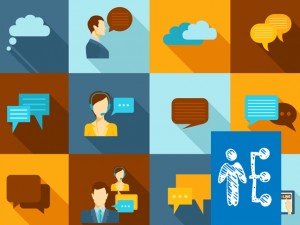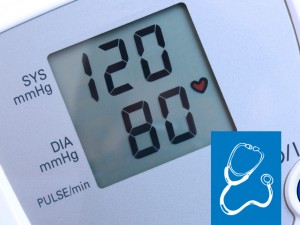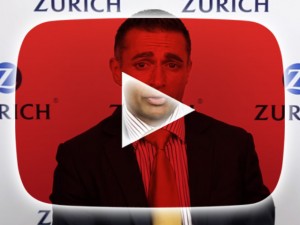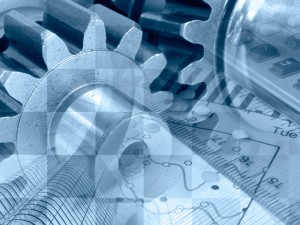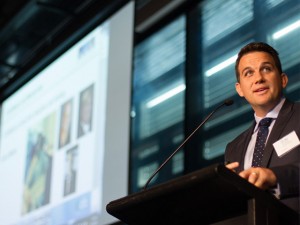With thanks to our colleagues at Unified Healthcare Group, our Waiting Room article in this edition of riskinfo eMagazine takes a look at blood pressure and hypertension – hypertension being a condition with which many of your clients and perhaps a few of you, may be familiar!
Blood pressure is the pressure of the blood in the arteries as the heart pumps it around the body.
Blood pressure is recorded as two numbers, eg: 120/80.
The first (larger) number indicates the pressure in the arteries as the heart squeezes out blood during each beat. It is called the systolic blood pressure.
The lower number indicates the pressure as the heart relaxes before the next beat. It is called the diastolic blood pressure.
What is hypertension?
Hypertension is the name given to high blood pressure. The following figures are only a guide. Your doctor may recommend a lower figure, especially on home blood pressure readings when you are relaxed.
Normal blood pressure: less than 130/85 (ie: systolic less than 130 and diastolic less than 85). ‘Text book’ blood pressure is often defined as 120/80.
High normal: between 130/85 and 140/90.
High: high blood pressure is often called hypertension, and is defined as more than 140/90. If the level is confirmed as more than 180/110 you are considered to have very high blood pressure.
What causes hypertension?
Blood pressure does not stay the same all the time. It is always changing to meet your body’s needs. Many physiological (normal) responses can cause blood pressure to rise, as well as many disease states causing hypertension.
Therefore, it is difficult to give a simple answer to the cause of a high reading. Similarly, hypertension cannot be diagnosed after one high blood pressure reading, as it can be raised intermittently (particularly systolic blood pressure) throughout the day due to physiological responses to activity, stress and diet (like caffeine).
Common causes
Physiological rise in blood pressure:
- Exercise/physical activity (rises during exercise, but regular activity can help reduce blood pressure at rest)
- Stress (eg: ‘white coat’ hypertension)
- Caffeine
- Smoking
- Some medications (eg: ‘the Pill’)
Hypertension:
- Essential hypertension (no known cause, 95% of cases)
- Obesity
- Kidney diseases
- Endocrine diseases (hormone disorders)
What are the risks of hypertension?
If the blood pressure remains high it can cause serious problems like a heart attack, a stroke, heart failure or kidney disease. High blood pressure usually has no warning symptoms and therefore it is important to have regular blood pressure checks to find out whether you might have high blood pressure.
The following conditions or lifestyle choices increase the risk of serious problems associated with high blood pressure:
- Smoking
- High blood cholesterol
- Being overweight
Lowering your blood pressure
A variety of lifestyle modifications have been demonstrated to be beneficial in the treatment of hypertension. These include:
- Regular aerobic exercise
- Weight reduction
- Dietary changes
- Cessation of smoking
Aerobic exercise
Many studies have shown that long-term aerobic exercise programs have a beneficial effect on blood pressure.1234
Some of these studies show that, for people with essential hypertension, regular aerobic exercise lowers the blood pressure by as much as 5-15 mmHg within 4 weeks. However, the reduction in blood pressure resulting from regular exercise is dependent on the continuation of the exercise program. If you stop exercising, the blood pressure rises towards the pre-exercise level.
The other great thing about regular exercise for people with high blood pressure is that it helps in weight loss. If you are overweight with high blood pressure, weight loss can lead to a significant fall in systolic blood pressure.
Weight reduction
When people with high blood pressure are compared to people with normal blood pressure, one of the major differences is an increased prevalence in obesity. The Framingham Heart Study showed the association between obesity and hypertension by following participants for up to 44 years5 . It was estimated that excess body weight accounted for approximately 26% of cases of hypertension in men and 28% in women. This relationship between obesity and hypertension is important because weight loss can lead to significant falls in blood pressure.
Dietary changes
Diet plays an important role in many susceptible people in causing high blood pressure.
Follow these guidelines if you have high blood pressure:
- Salt restriction
Choose foods lower in salt and sodium. The current recommendation is to consume less than 2.4 grams of sodium a day. That equals 6 grams (about 1 teaspoon) of table salt a day. The 6 grams includes ALL salt and sodium consumed, including that used in cooking and at the table. - Alcohol restriction
Drinking an excess amount of alcohol can raise your blood pressure. Alcohol is also high in calories, which can lead to weight gain (which, as you know, can raise your blood pressure). If you drink, be sure to have a moderate amount. This is defined as one drink a day for women and two drinks a day for men. - Low fat diet
Eating foods that are low in saturated fats, low in total fat, and low in cholesterol can reduce blood pressure. A well balanced diet of fruits, vegetables, whole grains, lean proteins, and low fat dairy products should make up the majority of your eating plan. - Quit smoking
Smoking can acutely raise your blood pressure levels. However, chronic smoking has not been shown to be associated with an increased incidence of hypertension. Despite this, smoking must be avoided in any person with high blood pressure because it can markedly increase the risk of secondary cardiovascular complications caused by hypertension. Cessation of smoking rapidly lowers the risk of coronary heart disease by 35- 40%. - Medication
If natural measures do not bring down your blood pressure, your doctor may decide that medication will be necessary. The tablets act by softening the strong pumping action of the heart or relaxing the tight arteries or reducing the body chemicals that control your blood pressure. The tablets must be taken regularly as directed and never stopped unless advised by your doctor.
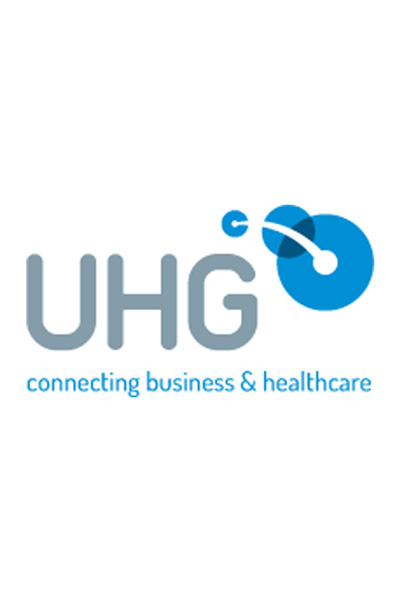
The Waiting Room looks at of some of the common medical conditions which advisers may come across when dealing with clients.
Unified Healthcare Group serves Australia’s financial services industry by providing a one-stop solution for all medical requirements associated with life insurance claims and underwriting.
Contact or follow the author: Telephone: 1300 558 583 | Website | Email | LinkedIn
Fagard, RH. The role of exercise in blood pressure control: Supportive evidence. J Hypertens, 1995; 13: 1223 ↩
Physical exercise in the management of hypertension: a consensus statement by the world Hypertensive League. J Hypertens 1991; 9: 283 ↩
Duncan, JJ, Farr, JE, Upton, SJ, et al. The effects of aerobic exercise on plasma catecholamines and blood pressure in patients with mild essential hypertension. JAMA 1985; 254: 2609 ↩
Nelson, L, Jennings, GL, Esler, MD, Korner, PI. Effect of changing levels of physical exercise on blood pressure and haemodynamics in essential hypertension. Lancet 1986; 2: 473 ↩
Wilson, PW, D’Agostino, RB, Sullivan, L, et al. Overweight and obesity as determinants of cardiovascular risk: the Framingham experience. Arch Intern Med 2002; 162: 1867 ↩


